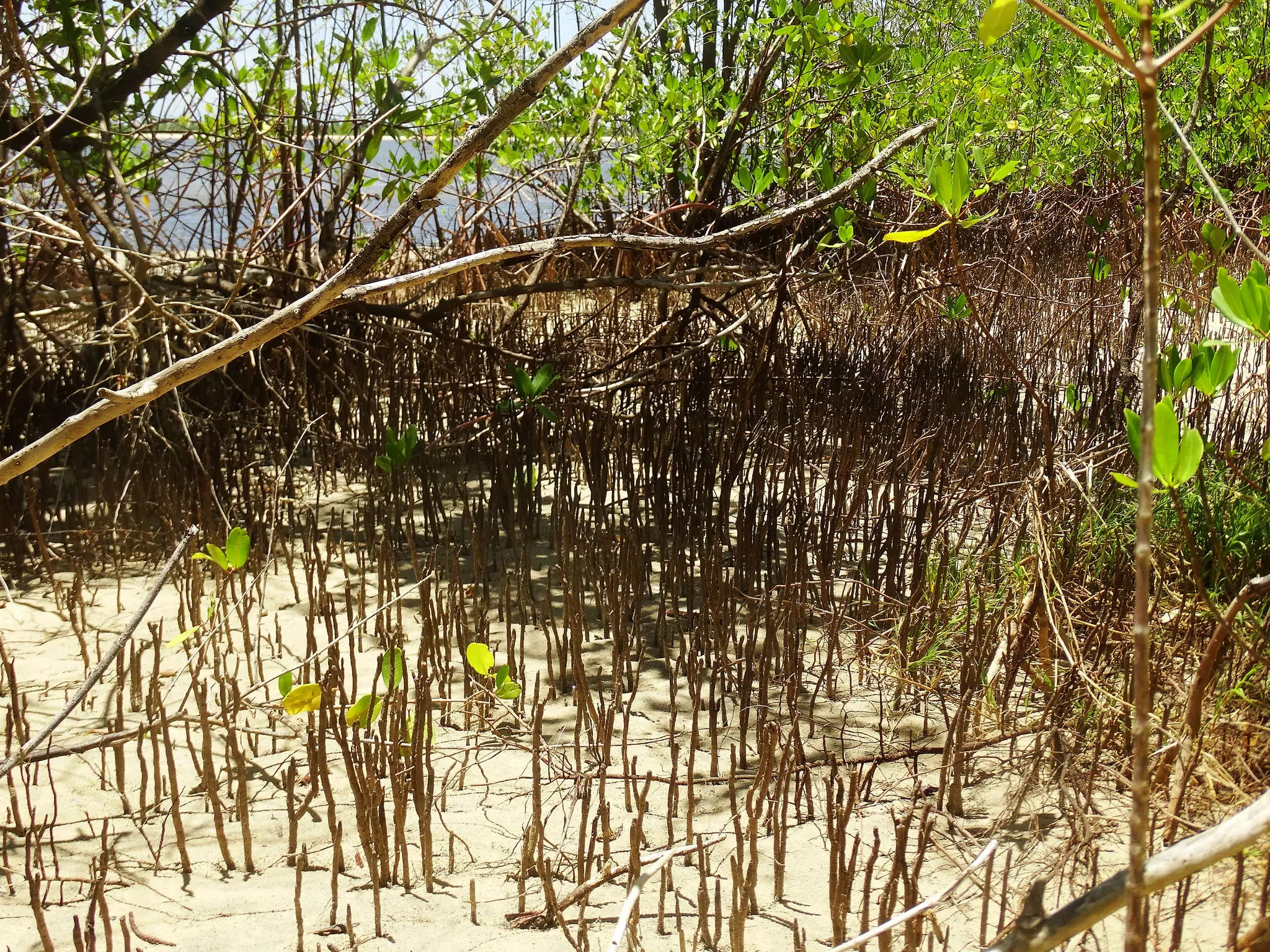They are provided by all things natural. From bacteria decomposing waste into nutrients to the rays of the Sun providing the necessary fuel to photosynthesis.
How much do you think fresh air and wind power are worth? How about the work of bees, or clean water? It’s possible that the thought of measuring in dollars these things never crossed your mind. As it turns out, they are pretty valuable and being used at an alarming rate as you read these lines.
The different types of ecosystem services
Our economic system needs to recognise that nature offers monetary value and/or that there is value beyond monetary. Either way, humans need to integrate the reality that nature does serve an economic purpose, and as a matter of fact if we quantify it all, it’s greater than the human economy created by humans.
Environmental services are divided into four categories:

Supporting Services
These are the “basic services” that make the development of ecosystems possible. These include soil formation, nutrient recycling or the necessary biodiversity for life to thrive. Supporting services also allow for the other three categories to exist.
Provisioning Services
The natural resources that humans need for life. These services have a finite stock. Potential food output, fish stock, global freshwater resources come into that category which is probably the most visible one. Provisioning also includes the genetic pool that provides medicine, evolutionary perspectives and is our sort of “backup file” for life if all else fails.
Cultural Services
Nature is, and always will be sacred. The spiritual, educational and recreational services that the planet provides simply cannot be quantified. From forest bathing to taking children out camping for the weekend, it’s hard to deny the mental benefits of nature. For anything else, there’s MasterCard.
Regulating Services
They maintain the cycles that circulate the components of life. Nature cleans water, distributes carbon and nitrogen, and regulates weather events. The population explosion changed the deal, and our individual footprint is too large now to be compensated by the ecosystem we inhabit. Humanity needs to reframe its relationship to nature by estimating the value of these things that we consider so… natural. We have to see nature as a provider of precious goods and services. The concept of ecosystem services helps us do just that.
How do you assign a dollar value on a system you depend on?
So how much do all the benefits of nature actually cost in the universal language of dollars? The debate is open. Some have a “supply and demand” approach to valuation, while others add intrinsic value, indirect benefits and avoided costs to society to this calculus.

Robert Costanza, an American economist was the first in 1997 to gain traction with the idea of calculating a quantified economic value for natural services. It seems obvious enough that oil has a price tag determined by various factors such as supply, demand, and the cost of extracting and exploiting these resources.
In his landmark article “The value of the world’s ecosystem services and natural capital”, he proposes to add the value of nature to these estimates.
For example, the huge quantities of water used to make concrete come at no cost. However, it definitely has a cost for the community and ecosystem that feeds this factory, right? Therefore why not define and include this price tag on the estimates? It would be illogical and unfair to the community to leave them out.
In 2011, Costanza revised the total ecosystem services from $33 trillion/year to $125 trillion/year. At the time, $33 trillion was already more than the value of the global economy. It is even truer today.
Despite the quadrupling of the general value (due to a change in the definition of ecosystems and services), Earth’s assets have already lost some value.
The total value of ecosystems had gone down by as much as $20 trillion due to land use change and degradations.
That is almost a 15% decrease due to damage, mismanagement and of course, galloping climate change. To give you an idea, the entire subprime crisis costs the world around $12 trillion, and the US GDP in at $18 trillion.
The price tag of nature
The commodification of nature is not to the taste of everyone. Pricing of these services would, as they argue, have an adverse effect on human well-being, actually putting a premium on these freely-accessible services. It is true that ecosystem valuation could become risky if one was tempted to privatise certain services or natural rights like air for example. However, it is currently the poorer communities that bear the burden of ecosystem services depletion.
However, ecosystem services research should not consider that the natural and human economies are interchangeable just because they are valued in the same currency. Money still can’t buy nature. Not even if you could pay for all the services.
Natural ecosystems are an all-inclusive package. There is no à la carte in this establishment.
A mangrove will only be able to protect its region if all its components are functional. The water needs to be pure enough for underwater algae to develop, that in turn slow the progress of tidal erosion, and so forth.
We agree that we need at least to understand all the ways in which we benefit from our ecosystems. Estimating these goods and services will help the environmentalist cause.
Putting numbers on the invisible work of nature allows businesses, governments and individuals to make the right calls. Because there is no more time to make the wrong decisions.
Plan A loves you. The planet does too. ❤






